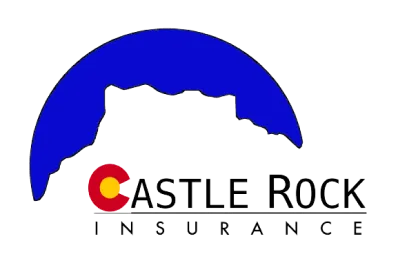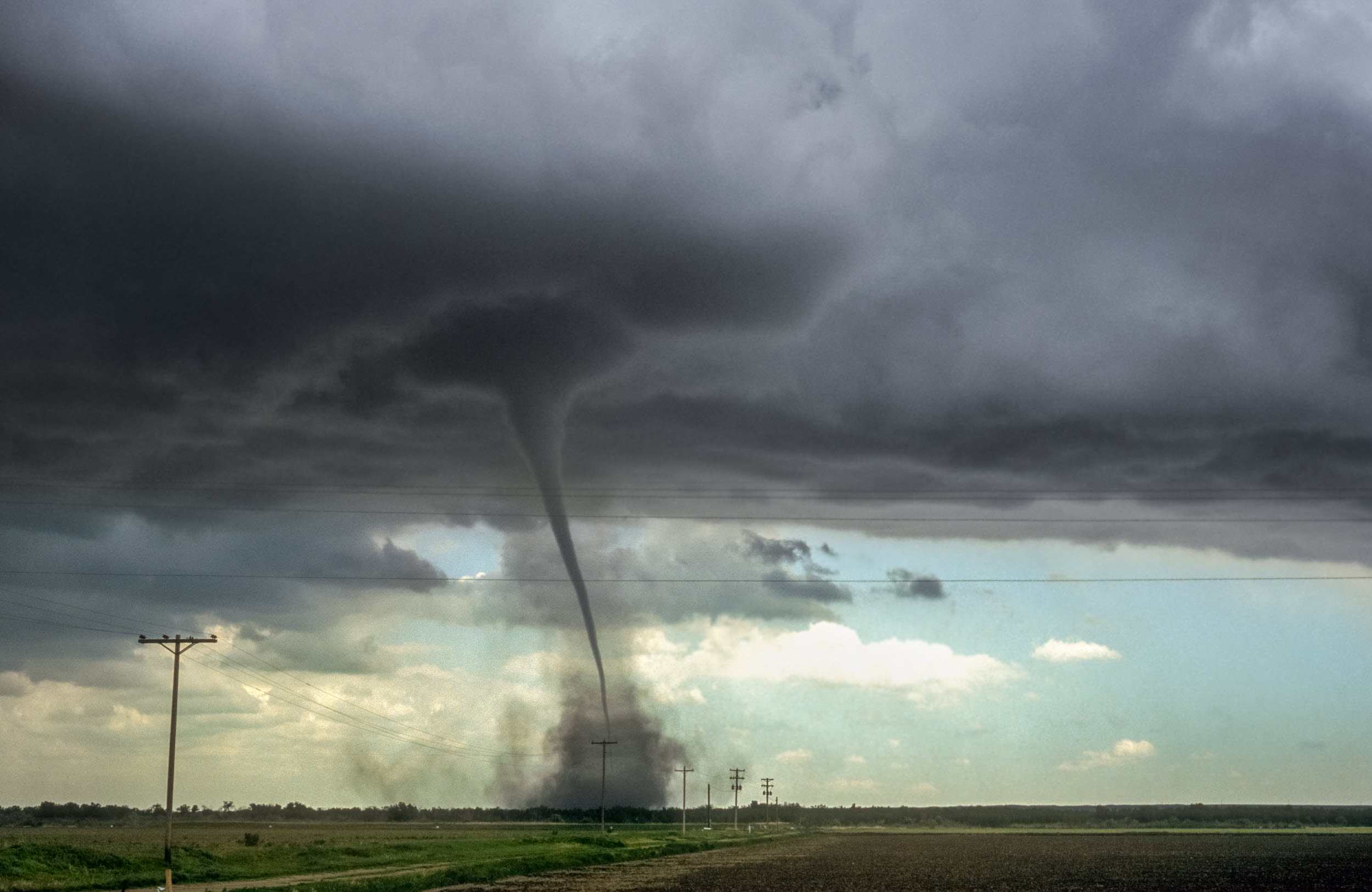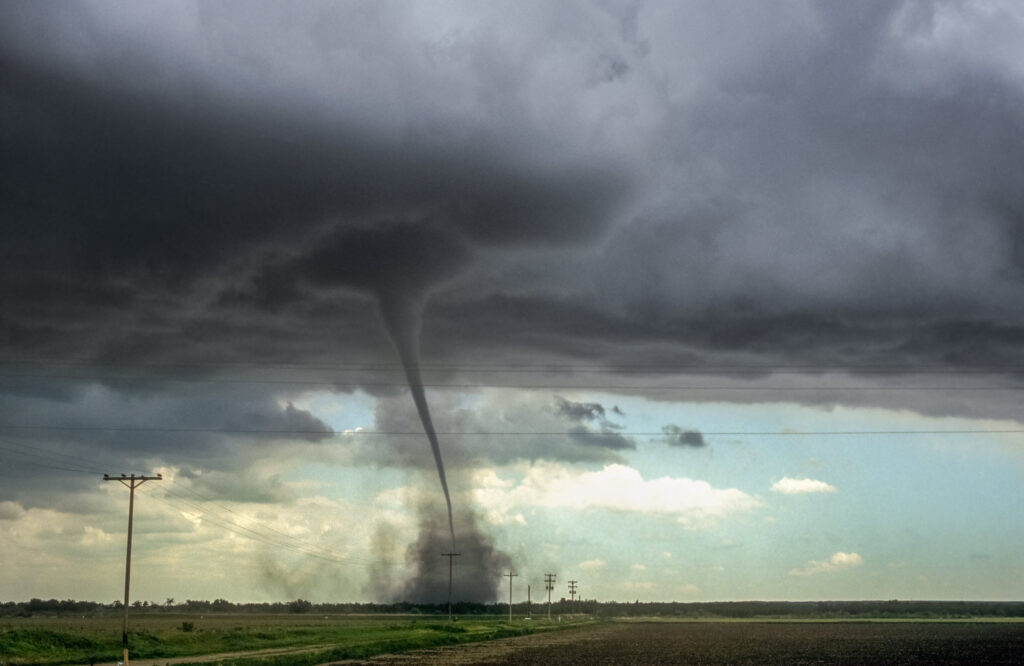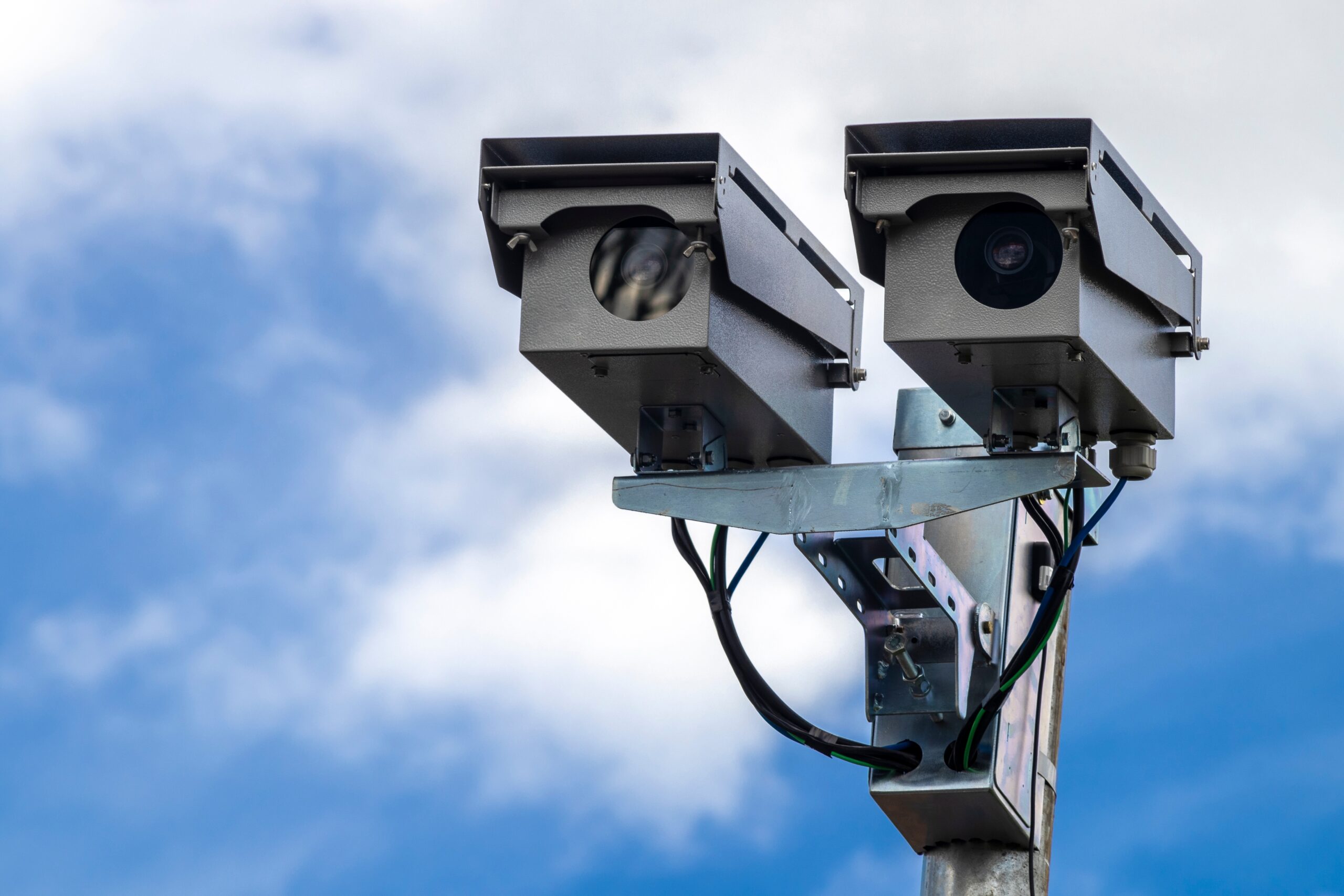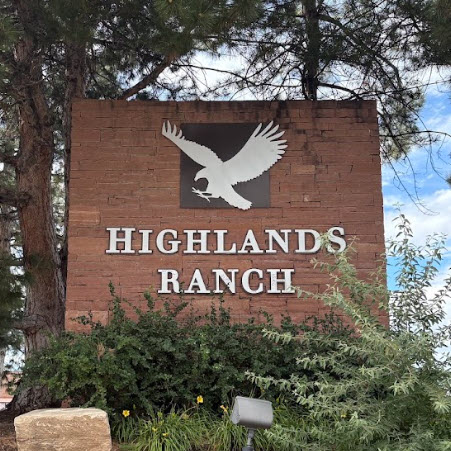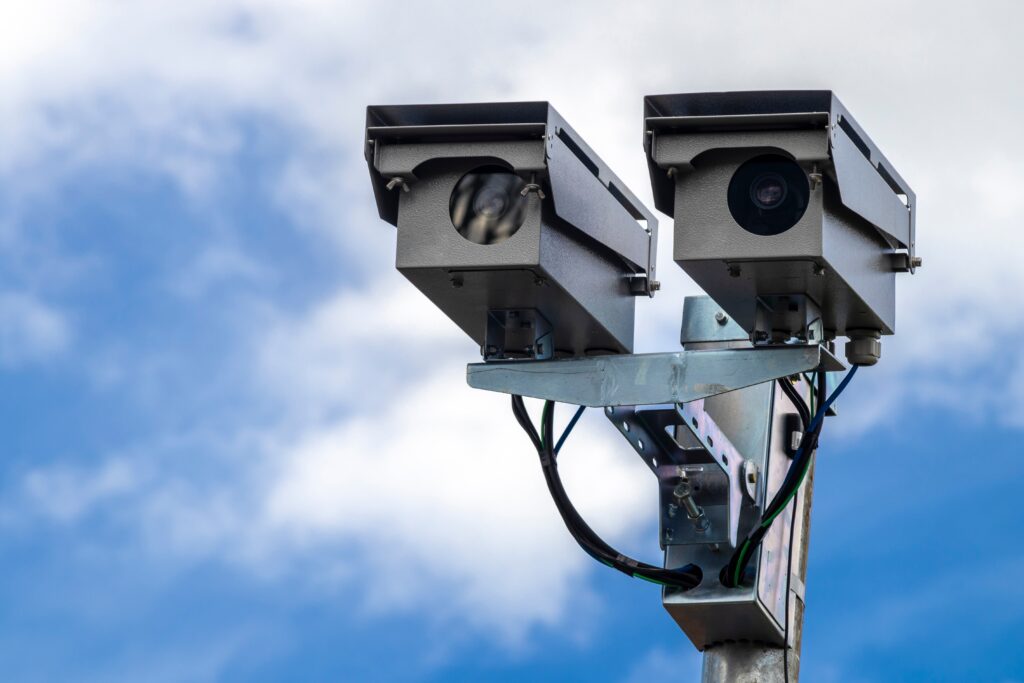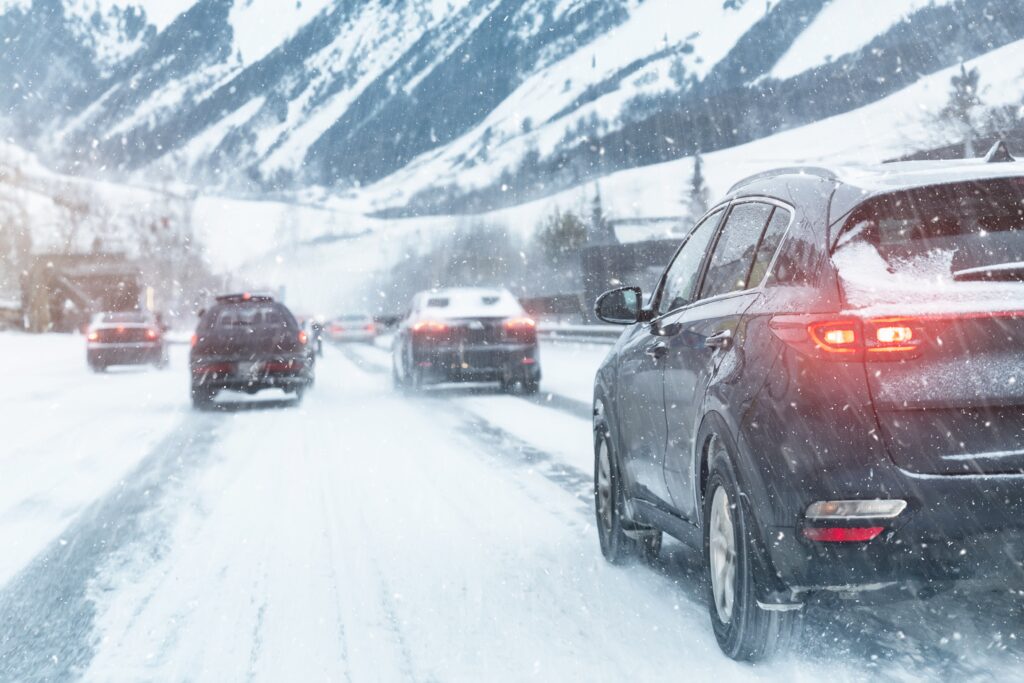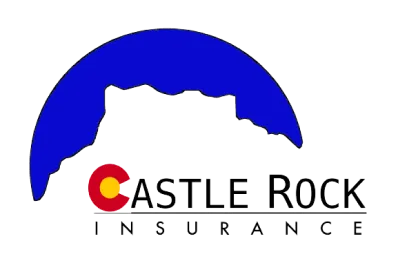On Sunday, May 18, 2025, four tornadoes tore through eastern Colorado, damaging dozens of homes across Adams, Elbert, and Arapahoe counties. The National Weather Service confirmed the twisters touched down between 1:00 and 2:00 p.m., with some of the most severe destruction reported in the towns of Bennett and Elizabeth.
In Elbert County, at least 19 homes in the Elkhorn Ranch neighborhood suffered significant damage. Roofs were torn off, windows were shattered, and debris littered the area. In Adams County, 17 structures were impacted, including six homes. One resident reported over $250,000 in losses after his machine shop and multiple race vehicles were destroyed. While Arapahoe County did experience tornado activity that day, no major property damage was initially reported. Thankfully, there were no confirmed injuries or fatalities.
Additional tornadoes were reported in the days following May 18, affecting areas across eastern Colorado again. On May 23, a confirmed EF-1 tornado near Strasburg caused further damage to outbuildings, fences, and rural homes. Later that week, rotating storm cells prompted multiple tornado warnings across Lincoln and Washington counties, where several barns and grain silos were either damaged or completely leveled. In all, the series of late May tornadoes has raised ongoing concerns about structural vulnerability in rural subdivisions and agricultural properties.
Tornadoes in Colorado: An Increasing Risk
Colorado sees 40 to 50 tornadoes each year, placing it among the top ten states for tornado frequency. While many are classified as EF0 or EF1 on the Enhanced Fujita scale, more destructive tornadoes still occur and can cause significant damage. These storms are especially common on the Eastern Plains, where the flat landscape and the collision of moist and dry air create favorable conditions.
Counties such as Weld, Elbert, Adams, Arapahoe, Washington, and Morgan are among the most tornado-prone in the state. Weld County has recorded over 250 tornadoes since tracking began, the highest of any county in Colorado. This region, along with parts of El Paso and Lincoln counties, makes up what some call the “Colorado Tornado Corridor.”
Tornado activity typically peaks in May and June but can begin as early as April and extend into September. In some years, late-summer weather systems fueled by tropical moisture may extend the season further.
Although Colorado lies on the western edge of traditional Tornado Alley, shifting weather patterns have increased the frequency and reach of severe storms. Development in rural areas has also raised the number of homes and residents exposed to these risks. This has contributed to higher insurance premiums and more scrutiny for homeowners in high-risk zones.
How Tornadoes Are Affecting Homeowners Insurance in Colorado
Tornadoes and wind-related damage are usually included in standard homeowners insurance policies. However, in counties with frequent severe weather like Weld, Adams, Elbert, and Arapahoe, coverage terms and pricing have changed significantly.
Homeowners in these areas have seen premiums rise between 10 and 25 percent. Properties with aging roofs or lacking wind-resistant construction often face even higher rates. Many insurers now require upgrades such as Class 4 impact-resistant shingles or reinforced roofing systems to qualify for preferred pricing or full coverage.
Deductibles have also changed. Wind and hail deductibles are increasingly being calculated as a percentage of the home’s insured value, rather than as a flat amount. This shift means higher out-of-pocket costs for storm-related claims, especially for higher-value properties.
Some insurers have stopped writing policies in high-risk ZIP codes or are applying tighter underwriting guidelines. These may include required roof inspections, photographic documentation, or exclusions for cosmetic damage. Homeowners with older construction materials may face reduced coverage or fewer carrier options.
These adjustments are part of a larger trend across Colorado. With more windstorms, hail, and tornadoes occurring each year, homeowners are encountering higher costs and stricter requirements. Partnering with a knowledgeable local broker can help you navigate these challenges and find a policy that balances cost and protection.
What Colorado Homeowners Should Look For
If you live in a tornado-prone part of the state, review your policy to ensure it includes replacement cost coverage instead of actual cash value. Replacement cost will cover rebuilding using today’s construction prices, while actual cash value factors in depreciation and may leave you underinsured.
Loss of use coverage is another key policy element. This pays for temporary housing and related expenses if your home is uninhabitable due to storm damage.
As construction costs continue to rise, many homeowners are adding extended dwelling coverage to their policies. This provides extra protection if rebuilding ends up costing more than initially estimated.
Taking preventive measures can help reduce your insurance costs and risk exposure. Installing smart weather alerts or NOAA radios shows a commitment to preparedness. Upgrading to wind-resistant roofing, reinforced garage doors, and impact-resistant windows may also lead to premium discounts. Completing a certified storm-resistance inspection can further strengthen your position with insurers. Bundling your home insurance with auto or umbrella policies can offer additional savings.
Need Help Navigating Your Options?
Castle Rock Insurance helps Colorado homeowners find coverage that accounts for tornado, wind, and hail risks. We specialize in understanding local hazards, and we can guide you toward the right policy based on your location, property type, and risk factors.
